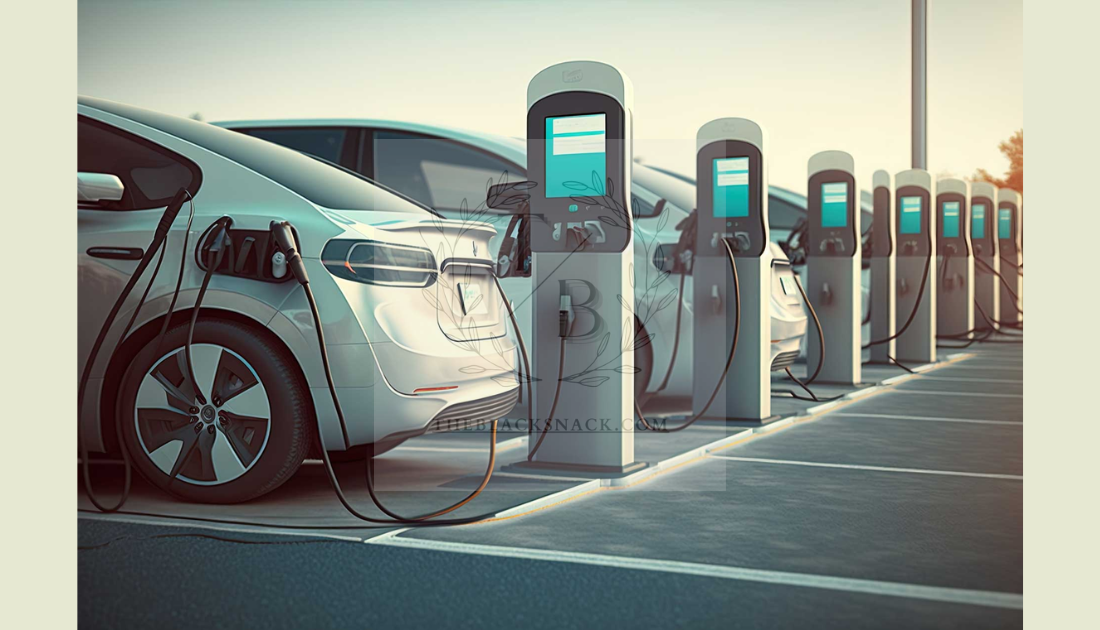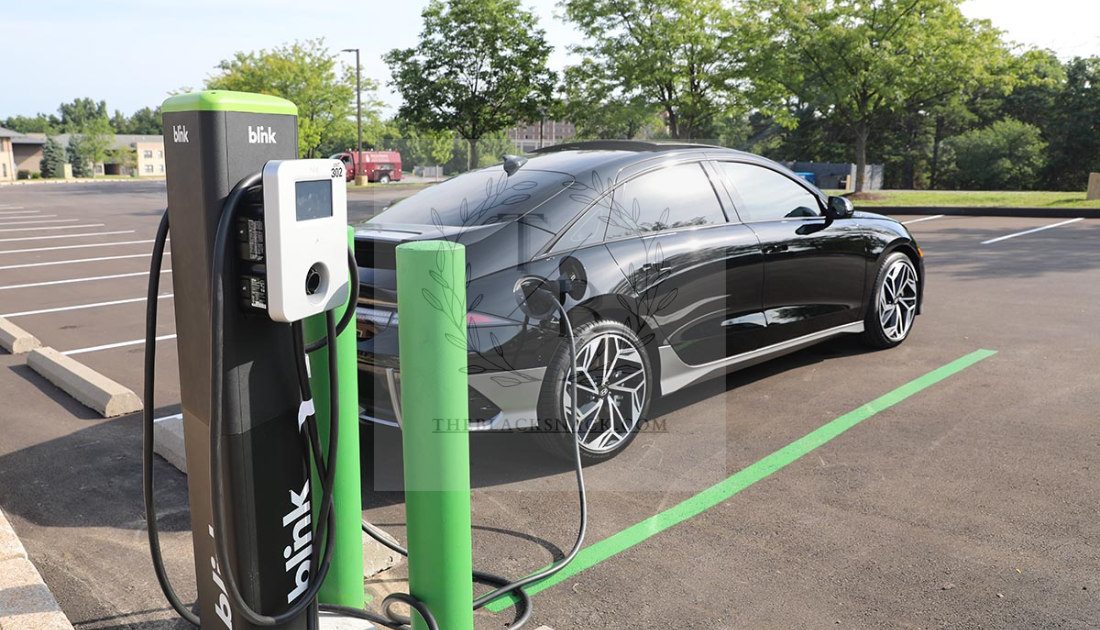The rise of electric vehicles (EVs) has sparked a global revolution in transportation, driven by the need for sustainable and environmentally friendly alternatives to traditional fuel-powered cars. Central to this revolution are electric vehicle charging stations, which play a pivotal role in enabling widespread adoption of EVs. These stations provide the essential infrastructure needed to power EVs efficiently and conveniently, ensuring a seamless driving experience.
This article explores the importance of EV charging stations, their types, benefits, and how they are shaping the future of transportation.
The Growing Need for Electric Vehicle Charging Stations
As more individuals transition to EVs, the demand for reliable and accessible charging infrastructure has skyrocketed. Governments, businesses, and technology innovators are investing heavily in building charging networks to support this shift. The increase in EV sales is fueled by factors such as environmental awareness, advancements in battery technology, and attractive government incentives.
Charging stations are not only essential for the convenience of EV owners but also for reducing range anxiety—a common concern among those considering switching to electric vehicles. With a robust network of charging points, drivers can confidently travel longer distances without worrying about running out of power.
Types of Electric Vehicle Charging Stations
Electric vehicle charging stations come in various types, each designed to cater to specific needs. Understanding these types helps drivers choose the best option for their vehicles and lifestyles.
1. Level 1 Charging Stations
Level 1 chargers use a standard household outlet (120 volts) and are the slowest option. They are suitable for overnight charging at home, providing around 3 to 5 miles of range per hour. This option is ideal for those with short daily commutes.
2. Level 2 Charging Stations
Level 2 chargers operate at 240 volts and offer faster charging speeds, typically adding 10 to 60 miles of range per hour. These stations are commonly found in homes, workplaces, and public locations such as shopping centers and parking garages. They strike a balance between speed and cost-effectiveness.
3. DC Fast Charging Stations
DC fast chargers deliver high-speed charging by using direct current (DC) instead of alternating current (AC). They can recharge an EV battery to 80% in as little as 20 to 30 minutes, making them ideal for long road trips or quick stops. These chargers are often located along highways and major travel routes.
4. Wireless Charging Stations
Though still emerging, wireless or inductive charging stations use electromagnetic fields to transfer energy between a charging pad and the vehicle. This technology eliminates the need for physical cables, offering a more convenient and futuristic charging experience.

Benefits of Electric Vehicle Charging Stations
Investing in and utilizing EV charging stations offers a wide range of benefits for individuals, businesses, and society as a whole.
1. Environmental Impact
Charging stations support the use of EVs, which produce zero tailpipe emissions. This helps reduce air pollution and combat climate change, contributing to a cleaner and healthier planet.
2. Convenience for EV Owners
With an expanding network of charging stations, EV owners can easily find places to recharge their vehicles. Apps and GPS tools often provide real-time updates on station locations and availability.
3. Cost Savings
Electricity is significantly cheaper than gasoline, making EVs more economical in the long run. Many charging stations also offer affordable or even free charging options, further reducing costs.
4. Economic Growth
The expansion of EV infrastructure creates jobs in construction, maintenance, and technology development. Businesses that install charging stations attract eco-conscious customers, boosting revenue and brand image.
5. Energy Efficiency
EVs powered by charging stations are more energy-efficient than traditional vehicles. Additionally, advancements in renewable energy integration enable stations to use solar or wind power, further enhancing sustainability.
Challenges in Building EV Charging Infrastructure
Despite the numerous benefits, developing an extensive network of electric vehicle charging stations comes with challenges that need to be addressed.
1. High Initial Costs
Installing charging stations, especially Level 2 and DC fast chargers, requires significant upfront investment. Government incentives and public-private partnerships help offset these costs.
2. Grid Demand
As the number of EVs increases, the strain on electricity grids can pose challenges. Smart grid technologies and renewable energy sources are crucial for managing this demand.
3. Standardization Issues
Different EV models use varying charging connectors and protocols, creating compatibility issues. Efforts to standardize charging systems are essential to streamline the user experience.
4. Accessibility in Rural Areas
While urban areas see rapid development of charging infrastructure, rural regions often lag behind. Expanding coverage to underserved locations is vital for equitable access.
How Businesses Can Benefit from Installing Charging Stations
Businesses have much to gain by incorporating EV charging stations into their operations. Providing charging services can attract customers, enhance employee satisfaction, and position companies as leaders in sustainability.
1. Increased Foot Traffic
Public charging stations at retail centers or restaurants encourage EV owners to visit, potentially boosting sales and customer loyalty.
2. Employee Perks
Workplace charging stations offer convenience for employees with EVs, improving morale and demonstrating a commitment to green initiatives.
3. Corporate Social Responsibility
By supporting EV adoption, businesses contribute to reducing carbon footprints and promoting environmental stewardship.
4. Revenue Opportunities
Some businesses charge users for electricity, creating an additional revenue stream. Offering tiered pricing or membership plans can further enhance profitability.
The Future of Electric Vehicle Charging Stations
The future of electric vehicle charging stations is bright, with continuous advancements in technology and infrastructure. Here are some trends shaping the industry:
1. Ultra-Fast Charging
Innovations in battery and charger technology are enabling ultra-fast charging speeds, making EVs more practical for long-distance travel.
2. Renewable Integration
Charging stations powered by solar, wind, or other renewable sources are becoming more common, reducing reliance on fossil fuels.
3. Smart Charging
Smart charging systems optimize energy usage and cost efficiency by communicating with the grid to determine the best times to charge.
4. Expansion of Wireless Charging
As wireless charging technology advances, it will likely become a mainstream option, offering even greater convenience for EV owners.
5. Government Incentives
Policies and incentives aimed at accelerating EV adoption will continue to drive the development of charging infrastructure worldwide.
Conclusion
Electric vehicle charging stations are the backbone of the EV revolution, enabling a cleaner, greener, and more sustainable future for transportation. By addressing challenges, expanding infrastructure, and embracing innovation, these stations ensure that EVs remain a viable and attractive option for drivers worldwide.
Whether you’re an EV owner, a business looking to invest in charging solutions, or someone considering the switch to electric, understanding the importance of charging stations is key to navigating the future of mobility. Explore the growing network of electric vehicle charging stations and join the movement toward a more sustainable tomorrow.



